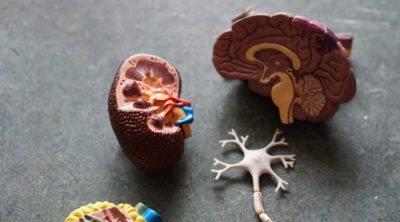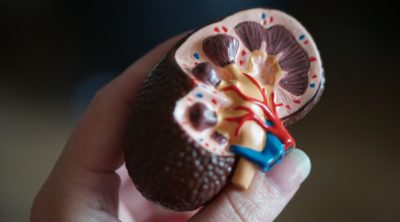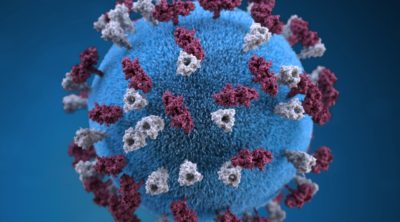
Have you ever been curious to know the composition of blood? Blood is composed of different elements that aid in maintaining its composition and circulation. Keep reading…
The old saying, blood is the river of life, is genuinely true. But why is it so vital for survival of living beings? Blood is the most important constituent of human body and it forms the circulatory system. It occupies 8% of total body weight and has an average density of about 1060 kg/m3. The intricate network of veins and arteries, distributes blood throughout the body. The pumping action of the heart helps in circulation of blood. The more you explore the circulatory system, the more number of questions will strike your mind.
Studying Blood Composition
It’s a well-known fact that a human being has an average 5 liters of blood in his body. Human blood is composed of two parts, viz, fluid and cellular. The fluid part is known as blood plasma that makes 55% of total blood volume and the rest comprises the cellular components or the formed elements.
When a blood sample is centrifuged, it gets separated into different layers, based on their density. Three complete layers are visible after centrifugation. The bottom layer is red in color due to presence of Red Blood Cells (RBCs). A white band is formed in the middle layer, which is also known as buffy coat and it’s made up of White Blood Cells (WBCs) and platelets. The third or the topmost layer is a straw colored liquid containing the blood plasma. The cells present in the blood are also known as formed elements.
Composition of Formed Elements
Red Blood Cells
RBCs are also known as red blood corpuscles or erythrocytes. They constitute 45% of blood by volume. They contain hemoglobin, that renders blood red in color. RBCs are produced in the bone marrow and they have a life cycle of 100-120 days. Mature RBCs are biconcave and flexible, lacking cell nucleus and organelles. The principle function is to deliver oxygen to different tissues of the body.
White Blood Cells
WBCs or white blood corpuscles are known as leukocytes. They make for 1% by volume of total blood. Leukocytes are cells of the immune system that provide protection to the body from foreign particles and infectious diseases. They are derived from hematopoietic stem cells. Leukocytes are classified as granulocytes and agranulocytes. Granulocytes cells include neutrophils, basophils and eosinophils, whereas agranulocytes cells are lymphocytes, monocytes and macrophages. The count of leukocytes in blood is an important factor for normal functioning of body.
Platelets
Platelets are also known as thrombocytes. They are derived from precursor cells known as megakaryocytes and are devoid of nucleus. The lifespan of platelets is 5-9 days. The most important function of platelets is blood coagulation or blood clotting. If the count of platelets in blood is low, they cause excessive bleeding while the effect is just reverse if the count is more than normal. They are also a source of natural growth factors.
Composition of Blood Plasma
Blood Plasma is the straw colored liquid portion of the blood. 92% is composed of water and the rest 8% is made up of plasma proteins. It is mostly composed of dissolved proteins, mineral ions, glucose, clotting factors and carbon dioxide. It circulates dissolved nutrients (amino acids, fatty acids and glucose) and removes waste products (carbon dioxide, lactic acid and urea) from the body. Other components of blood plasma are serum albumin, lipoprotein particles, immunoglobulins, electrolytes, etc.
Let’s go through some of the most important functions of blood before going into the details of its composition.
Functions of Blood
Blood performs a wide range of functions in human body. We list them down over here:
- Supplies oxygen and nutrients to different tissues of our body.
- Removes waste products like, urea, lactic acid and carbon dioxide from our body.
- Provides immunity to body against foreign particles.
- Helps in transportation of hormones throughout the body.
- Aids in blood clotting which is a natural repair mechanism of cells.
- Regulates and maintains normal temperature in our body.
- Maintains pH balance inside the body.
- The components of blood help in homeostasis.
The pH of blood lies in the range of 7.35 to 7.45, which is necessary for its normal functioning. I hope the information provided in this article has proven useful to you.


